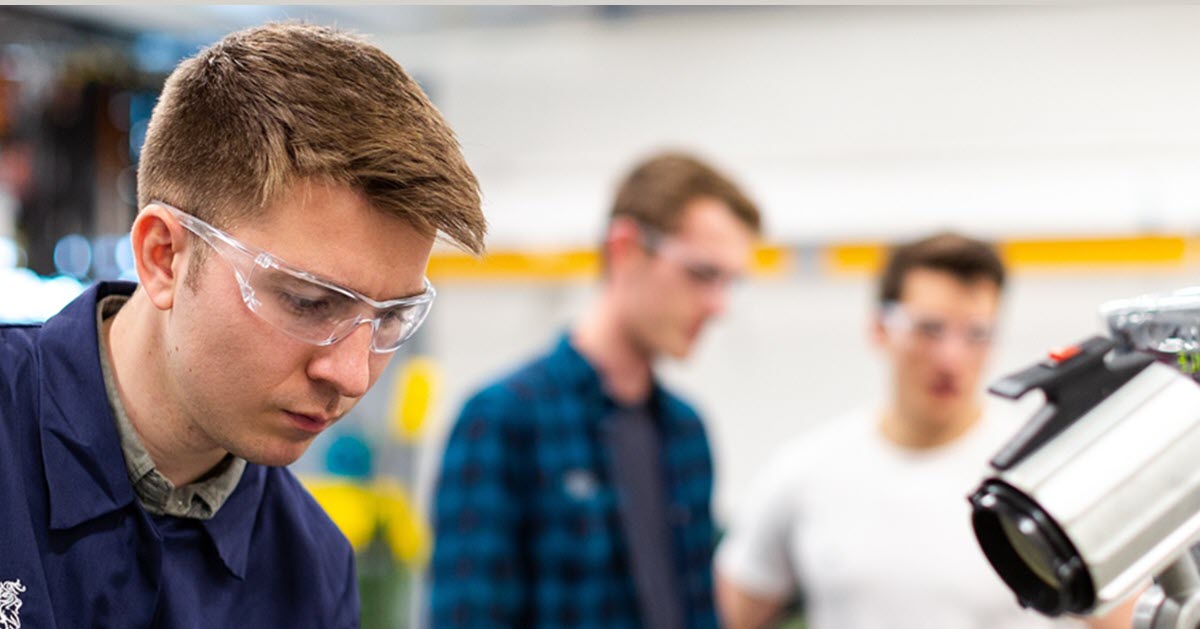
Workplace Eye Safety Checklist

Every day, nearly a thousand American workers suffer some form of eye injury. According to the Bureau of Labor Statistics, those injuries create a financial burden of more than $300 million annually – not just in medical costs, but in workers’ compensation and production time that is lost. And what about quality of life?
Although workplace eye injuries may be declining (from 27,450 in 2008 to 25,230 in 2010), eye safety experts estimate 90 percent of eye injuries could be prevented with proper eye protection. According to the Bureau of Labor Statistics, the typical eye injury results from the eye being rubbed or abraded by foreign matter such as metal chips, dirt particles and splinters; or by these types of items striking the eye.
Workers in the manufacturing, construction and trade industries are most at risk of incurring an eye injury, but no industry is immune when it comes to the potential for eye injuries. So, it’s important to consider potential eye hazards when conducting a hazard analysis of every site and task, and to recognize the correct type of personal protective equipment (PPE) for each task.
Use this NIOSH Eye Safety Checklist to help prevent eye injuries in your workplace:
1. Create a safe work environment:
- Minimize hazards from falling or unstable debris.
- Make sure tools work and safety features (machine guards) are in place.
- Make sure workers (particularly volunteers) know how to use tools properly.
- Keep bystanders out of the hazard area.
2. Evaluate safety hazards:
- Identify the primary hazards at the site.
- Identify hazards posed by nearby workers, large machinery, and falling/shifting debris.
3. Wear the proper eye and face protection
- Select the appropriate Z87 eye protection for the hazard.
- Make sure the eye protection is in good condition.
- Make sure the eye protection fits properly and will stay in place.
4. Follow good work practices
- Brush, shake, or vacuum dust and debris from hardhats, hair, forehead or the top of eye protection before removing the protection.
- Do not rub eyes with dirty hands or clothing.
- Clean eyewear regularly.
OSHA cautions employers not to rely on personal protective equipment (PPE) devices alone to provide protection against eye hazards. Use PPE in conjunction with guards, engineering controls and sound manufacturing practices. Share this eye safety checklist with your workers.

